Year after year, Philips Hue releases numerous new light sources and various accessories. Only the centrepiece has not been touched for almost 8 years now: The Philips Hue Bridge. And that is exactly what is becoming a problem for more and more users.
“The Hue Bridge is the control centre of the smart Philips Hue lighting system. With it, you can add and control up to 50 lights and accessories,” it says on the product page. The fact that the actual limit is 63 lights and a number somewhere between 10 and 20 accessory products doesn’t really make things any better.
Now contact sensors and cameras are also being added, even if it is not yet entirely clear how the latter in particular will affect the performance and capacity of the Bridge. In the social media and also here in our community, more and more comments are now about a more powerful bridge. And so far, there has been absolutely no reaction from the manufacturer.
New Hue Bridge: No signs yet
And even though I have been able to find out a lot about the upcoming new releases, there seems to be absolutely nothing about the Hue Bridge. At any rate, I have not yet heard anything from my various sources.
But does it have to be a new bridge at all? A software solution to connect several bridges in a household to a kind of mesh system would also be obvious. Of course, the aim would be to unite the lamps and devices in the app into one large system without borders.
Note: This article contains affiliate links. We receive a commission for purchases via these links, which we use to finance this blog. The purchase price remains unchanged for you.


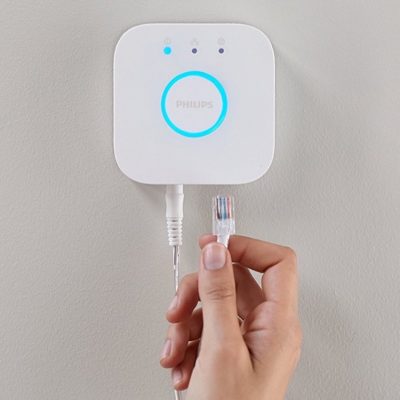

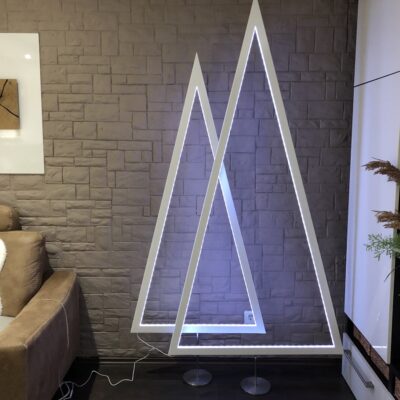
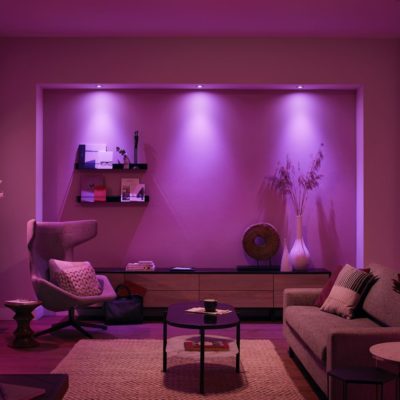

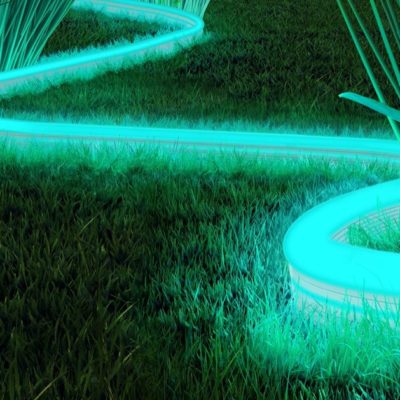
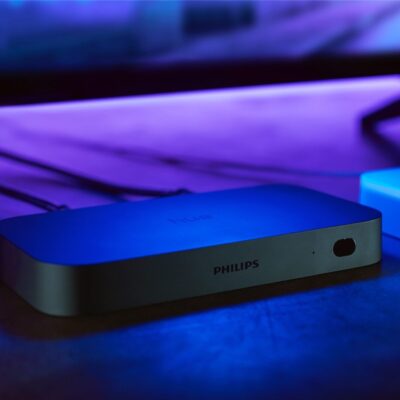

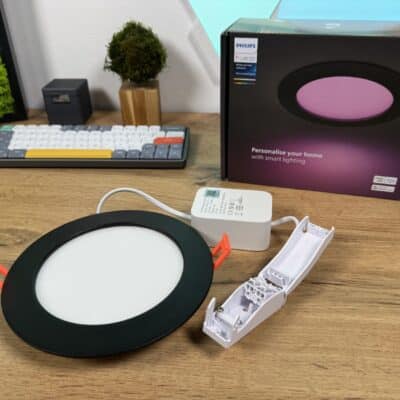

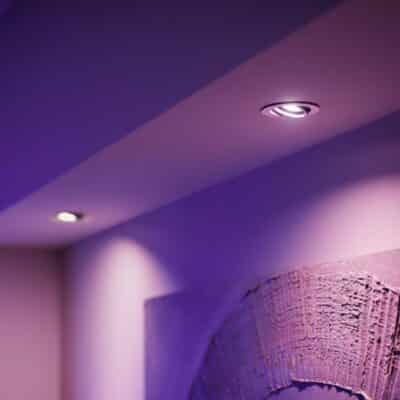


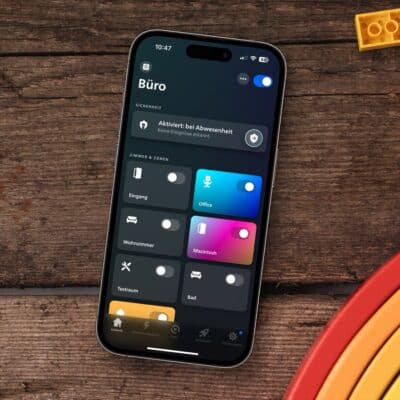
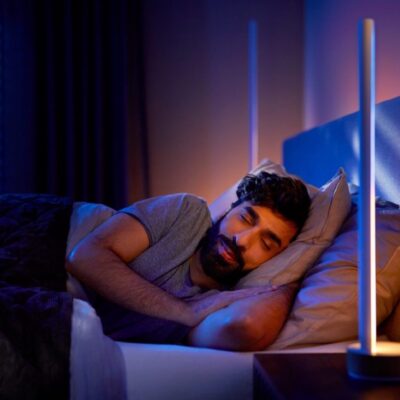
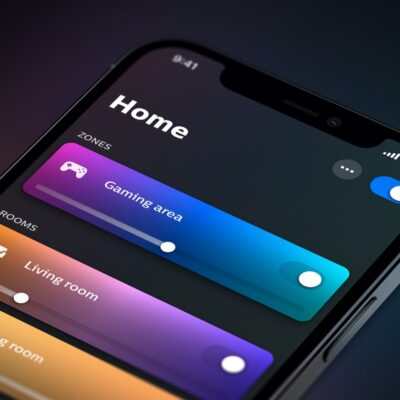



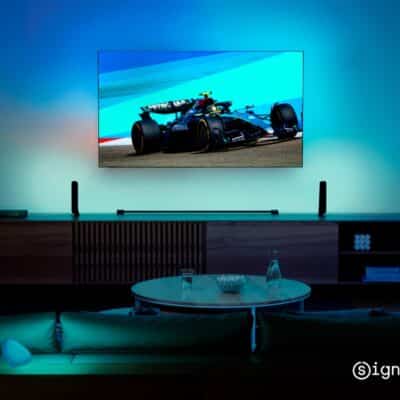
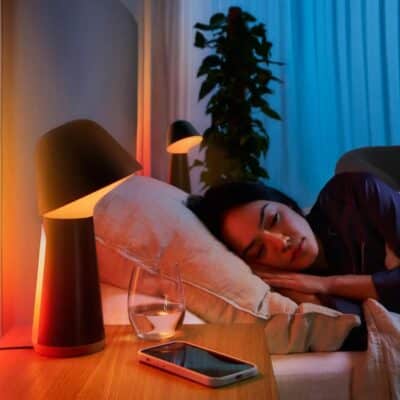
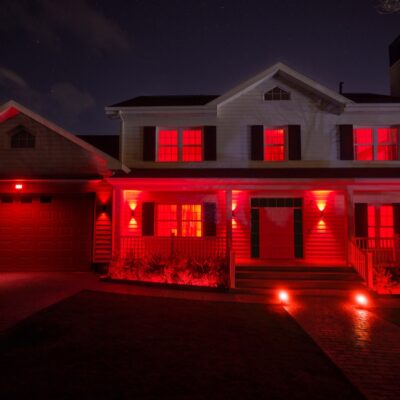
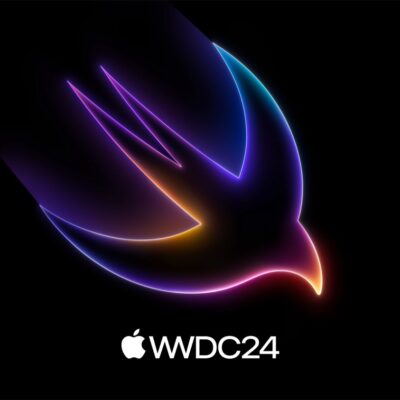
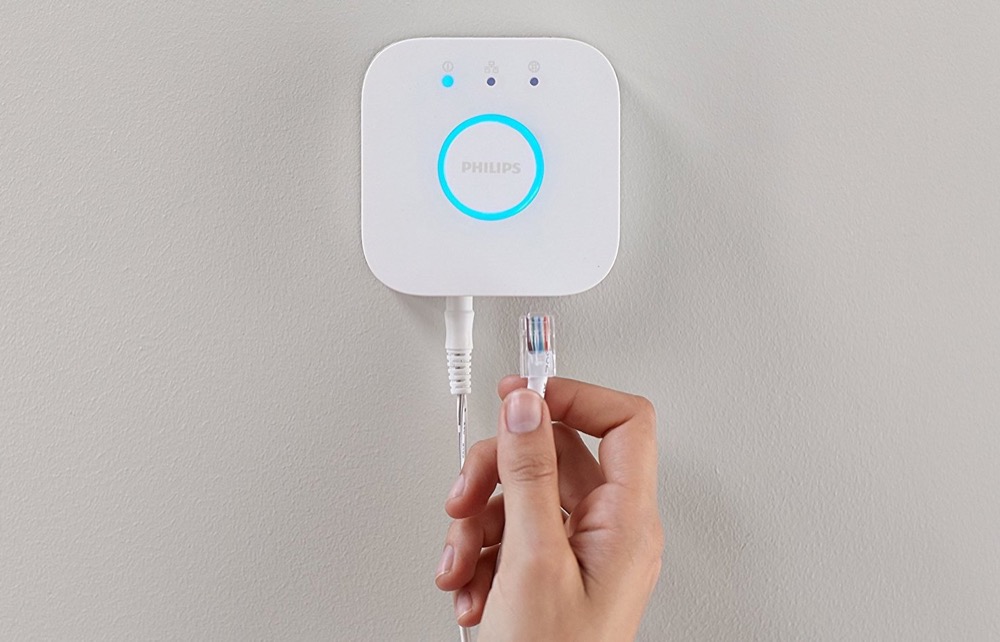
A software solution would be simple for philips to do but of course this doesn’t make them any direct income (Although it might unlock many to buy more lights).
I’d not be confident they could delivery something like this.
Looking at user roles/sharing which hasn’t been implemented despite more than 1 year of trying the seem thin on the development side. Most app updates delivery only new scenes which anyone can create themselves in 2 minutes.
A new hub Max is an easy solution also. Double the price, with Wi-Fi, more RAM & 1000+ device limit.
Immediate income, I’m sure they’d instantly sell a lot of these.
Either way, a solution is necessary & would immediately open up the possibility of more hardware sales.
In the end, the more hue devices you own, the more you are locked to the ecosystem & it becomes harder to leave for another solution
With a software solution, They’d also have to resolve the problem than only 1 Hub can be linked to the user account.
Today only 1 Hub can be controlled remotely from each app instance.
Again, it should be easy to do but philips have been trying for a long time without delivering something useful.
The Zigbee protocol simply can’t support 1000 devices in a single mesh. 100 is reasonable, but even then can cause problems with a lot of traffic. There is a lot of complicated nuance with ZigBee that I’m ignoring, but my point is that it’s not an easy “add more CPU and ram” solution.
The hue ecosystem should be designed with a realistic limit.
50 lights and 20 accessories was too low 5 years ago.
250 is probably too low just considering lights/plugs/accessories today.
Throw in the new contact sensors/cameras & your can easily add another 100 for large installations.
If this isn’t technically possible with zigbee it isnt a protocol for the future & it should be replaced with something else.
New Connected devices are coming all the time & the hub should be designed with new products in mind.
Cameras & contact sensors are just the entry into smart home security & comfort.
“The Zigbee protocol simply can’t support 1000 devices in a single mesh”
Entirely misses the point. You abstract this via segregation and intelligent forwarding within the software using the power of the upgraded hub. Other providers have done just this, with no issues whatsoever.
I have stopped purchasing Hue products, as the limit has been reached. Should they ever show a modicum of architectural competence, I’d start spending money with them again. Potentially substantial amounts of money. But for now, I literally cannot spend a further penny with them.
I know I’m not the only one.
They shoot themselves hard in the financial foot every day longer that they ignore this primary failure.
Same for me.
I’d love get hue lights for’my outside entryway & garden but am at the accessories limit of my existing hub so won’t buy any more products.
Not being able to have more then 1 hub linked with your cloud account (so no remote access for the 2nd hub) & no routine control from one hub to the other has stopped me spending hundreds on outdoor lights
I reached the limit of a single hub ages ago, got a second for the remaining indoor lights, split into upstairs and downstairs, and then a third for outdoor lighting. Total nightmare that they could not be fully integrated on one account, requiring flipping around between multiple accounts to access different hubs, or to access remotely if you stay within the ecosystem.
So I got thoroughly fed up with waiting for Philips to offer a decent solution – which I would have happily spent many £££s for – and set up Home Assistant on a Dell thin client to control the whole lot. It offers seamless integration of all my hubs, scene import, light groups, and light switching and colour/scene selection via non-Hue triggers, as well as acting as a core controller for the whole Smart Home. It’s even got its own app for iOS and Android.
Using this has been the only complete solution I have found to avoid the significant limitations of the Hue Hubs.
Same for me but I’ve been waiting years to expand to outdoors and the rest of my house but no chance. I have two hubs and it’s already a nightmare, half the stuff doesn’t work properly because I have to have some on my account and some on my wife’s and Google kind of figures it out but it’s janky and I’m not going to add to the problem further.
no one going to mention that the current hue bridge doesn’t support wifi?
only wired Lan?
I always thought that was super silly.
Agreed, this was a strange omission from the hub v2.
It could easily have been a way to create a hub v2.5 with Wi-Fi and earn a few more dollars.
Can’t really understand why they didn’t do this already
Zigbee is entirely the reason why they can only support the number of devices that they do today per hub. If you examine other vendors hubs you will find similar limits, this challenge is not unique to Philips.
Philips could add multiple radios to their hub but then they are going to run into additional technical problems as well running into certification issues with the FCC.
If Philips wants to dramatically increase the number of devices that their hub can manage, they will need to pick a differently technology.
Philips could device to have hubs communicate with one another in order to support a single environment, but this would not change the fact that multiple hubs would be needed.
Matter is supposed to be the answer for this. Leading the way, Phillips will do away with the way the current bridge operates and is going full-on matter support, that way, any plugged in Matter supporting device (Google Home, Alexa) becomes a hub and each nuw hub expands the capacity and range of the network. There have been recent software updates to Alexa, Google Home, Hue, and many other devices to enable Matter compatibility. Phillips Hue should update soon for all customers. Among many features, this also enables the devices to very efficiently create their own mesh network using Bluetooth Low Energy.
https://www.philips-hue.com/en-us/explore-hue/works-with/matter
We will see what kind of mater integration signify offers & when…
I’d expect that only basic features will be supported via external mater compatible devices & for some advanced features you will still need to use the hue hub.
For hue products, the device ( plug/bulb/accessory) firmware is not being upgraded to support mater but instead the hub will be the “mater interface”
meaning all the limitations of the existing hub still exist.
Another missing feature from the current hub is a “backup” function.
I’d imagine many users tinker with new routines or features when they are introduced.
But if you delete something by mistake or want to go back to your original setup this is not possible without doing it manually.
It should be simple to export a cfg file of the current hub configuration or save 2 or 3 backups to your cloud account.
Also Mega useful if your hub dies & you buy a replacement
The fact that they’re literally limiting the amount of money they’d make blows my mind. So I guess Govee it is…
Wish I could repurpose my extra hubs. Got a bunch of them from buying light kits on clearance.
I use my second hub with ikea plugs for controlling seasonal lights for Halloween/Christmas etc.
I can just pack it away with the lights & it’s ready to go out of the box.
Using ‘zone-hubs’ makes perfect sense, one for outside, upstairs, downstairs, etc. The fact that they STILL disallow more than one hub per account is absurdly stupid.
Ran into the same issue. My solution was a $69 unix box running node-red. All lights now voice controlled through google home.
I only I use hue now though Apple Homekit which allow the use of multiple hubs without issue.
I have 3 hubs – Upstairs / Downstairs ( now full ) and outside. All 3 added to homkit without issue and operate as one. Can add a hue button swtich to one to control across all 3. It can allow close blinds and turn on TVs as it operates as a hue switch.
Phillips lack of interest in this is worrying. I have about 130 lights and devices and their lack of movement suggest they just don’t think anyone will get this high
I alomost dumped them completely when they killed 3rd party lights completely… I was one of the very vocal complainers that got it back ( we bought ZIGBEE devices that shoudl support ALL Zigbee devices – it was on the box )… they bought 3rd party lights back – but removed them exposed to HomeKit citing Apples hardware requirements. This was BS then and even more so now. Luckily Home Assistant on a PI exposes them.
Phillips are odd. They seem to want you to buy stuff but don’t actually want to make it easy at all. they still haven’t brought out a simple on/off phycial light switch to automate existing lights – I have 20 Lights that can never be swapped out to hue buibs / strips. Make them hue automated and I’ll buy them straight away – you’d sell millions.
I know I can do this though a Shelly or a homkit device – but I want Hue to to sort it.